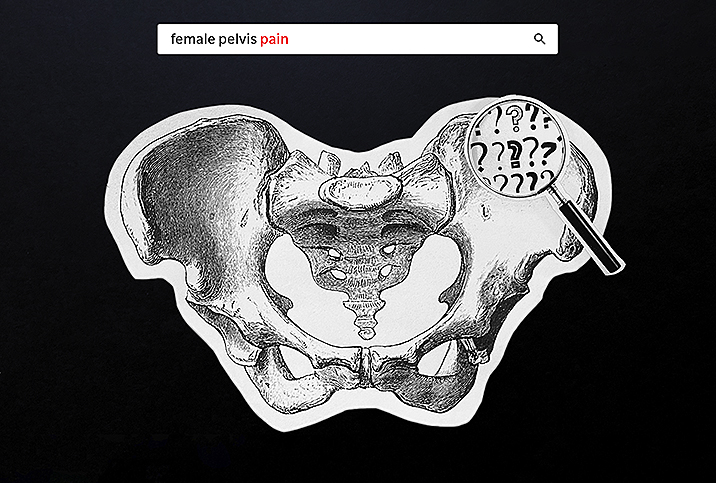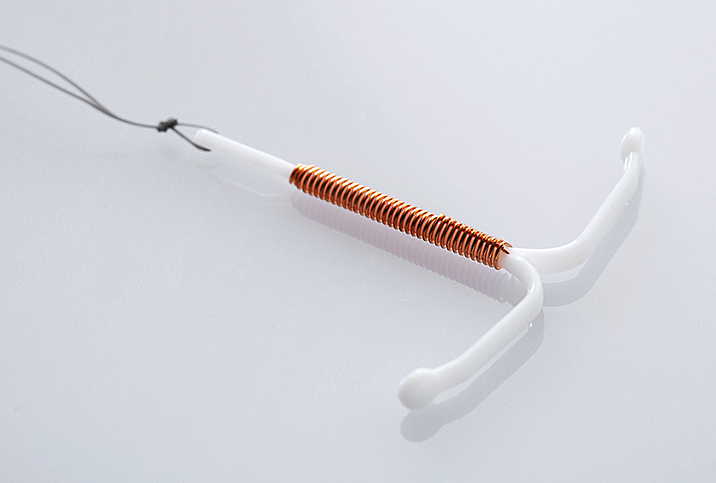Know How to Recognize and Prevent PID

The symptoms of pelvic inflammatory disease (PID) are sometimes mild or unnoticeable, but if they’re left untreated, the disease can develop further and cause a host of reproductive complications for women, up to and including infertility.
Taking a proactive approach to sexual and reproductive health can help prevent the spread and damage of this curable disease.
What is PID?
Pelvic inflammatory disease is an infection of a woman’s reproductive organs, specifically the fallopian tubes, ovaries and uterus. Without proper treatment, inflammation leads to the formation of scar tissue both inside and outside the fallopian tubes.
Over time, this scar tissue can build up and cause tubal blockage, which increases the chance of ectopic pregnancy, a life-threatening condition in which a fertilized egg implants itself outside of the uterus. Other complications include chronic pelvic pain and infertility.
Symptoms, however mild, can include lower abdominal pain, fever, irregular periods, pain or bleeding during intercourse, and unusual vaginal discharge with an unpleasant odor. It’s important to remember that even though not every case will present noticeable symptoms, every case of PID is serious and demands immediate attention.
PID causes & treatment
Pelvic inflammatory disease is a condition that itself is not a direct result of sexual activity. That is to say, you don’t “catch” PID from a sexual partner. It results from an untreated sexually transmitted infection (STI) and/or a sexually transmitted disease (STD), most commonly gonorrhea or chlamydia.
PID often develops when bacteria from the vagina spreads to the uterus, fallopian tubes or ovaries. These bacteria can be spread via multiple ways, including vaginal intercourse, the placement of an intrauterine device (IUD) and douching. Other factors that may increase your risk of developing pelvic inflammatory disease include your own previous cases of PID, sex with multiple partners (or with someone who has had multiple partners) and substance abuse.
While there are no tests for PID, medical experts can make a diagnosis based on your medical history, a physical exam and results from other tests. Treatment requires antibiotics for both the woman and her sexual partner, because one or both could have an asymptomatic case of gonorrhea or chlamydia, which can reinfect the woman.
PID is curable, but its damaging effects on the woman’s reproductive system cannot be undone, so early detection is imperative.
How to prevent PID
You can prevent PID in a variety of ways, the most effective of which is to abstain from vaginal sex. If that’s not a realistic option, educate yourself on safer sex practices and enlist the help of your medical provider. Use latex condoms every time you have sex, and see your doctor immediately if you develop any symptoms or believe you or your partner were exposed to an STI.
Sexually transmitted infections are treatable, and getting them treated reduces the likelihood of developing PID.
Annual testing for STIs, even if you don’t show symptoms, is a healthy, proactive measure for sexually active people, especially those under the age of 25. Ensure that your sexual partner has been tested and had negative results. If a partner has a history of sexually transmitted infections, be sure they get tested before you have intercourse to ensure their infection has been fully treated.
Other preventive measures include avoiding vaginal activity—especially intercourse—after the end of a pregnancy, so the reproductive system can properly heal and be less susceptible to infection. Combined hormonal contraceptive pills have also been known to reduce the chances of transmission.
PID affects 1.5 million women a year, and approximately 1 in 8 women with a history of PID will experience difficulty getting pregnant. Early diagnosis is key to limiting the long-term effects of the disease and preventing its transmission.
















